Explore the Dadaism art movement, its origins, key figures, and impact on art, as it challenged traditional norms with absurdity and spontaneity.
The Dadaism art movement emerged as a radical response to the horrors and absurdity of World War I, representing a profound shift in artistic expression that challenged traditional norms and conventions. Born in Zurich in the early 20th century, Dadaism was characterized by its embrace of chaos, spontaneity, and anti-establishment sentiments. Dadaism rejected reason and logic, opting instead for nonsense, irrationality, and absurdity, seeking to dismantle the cultural and intellectual conformity of the time. This guide delves into the origins, key figures, defining characteristics, and lasting impact of the Dadaism art movement, exploring how it revolutionized the art world and continues to influence contemporary culture.
Origins and Historical Context of the Dadaism Art Movement
The Dadaism art movement arose during a time of global turmoil and disillusionment, fundamentally altering the landscape of modern art.
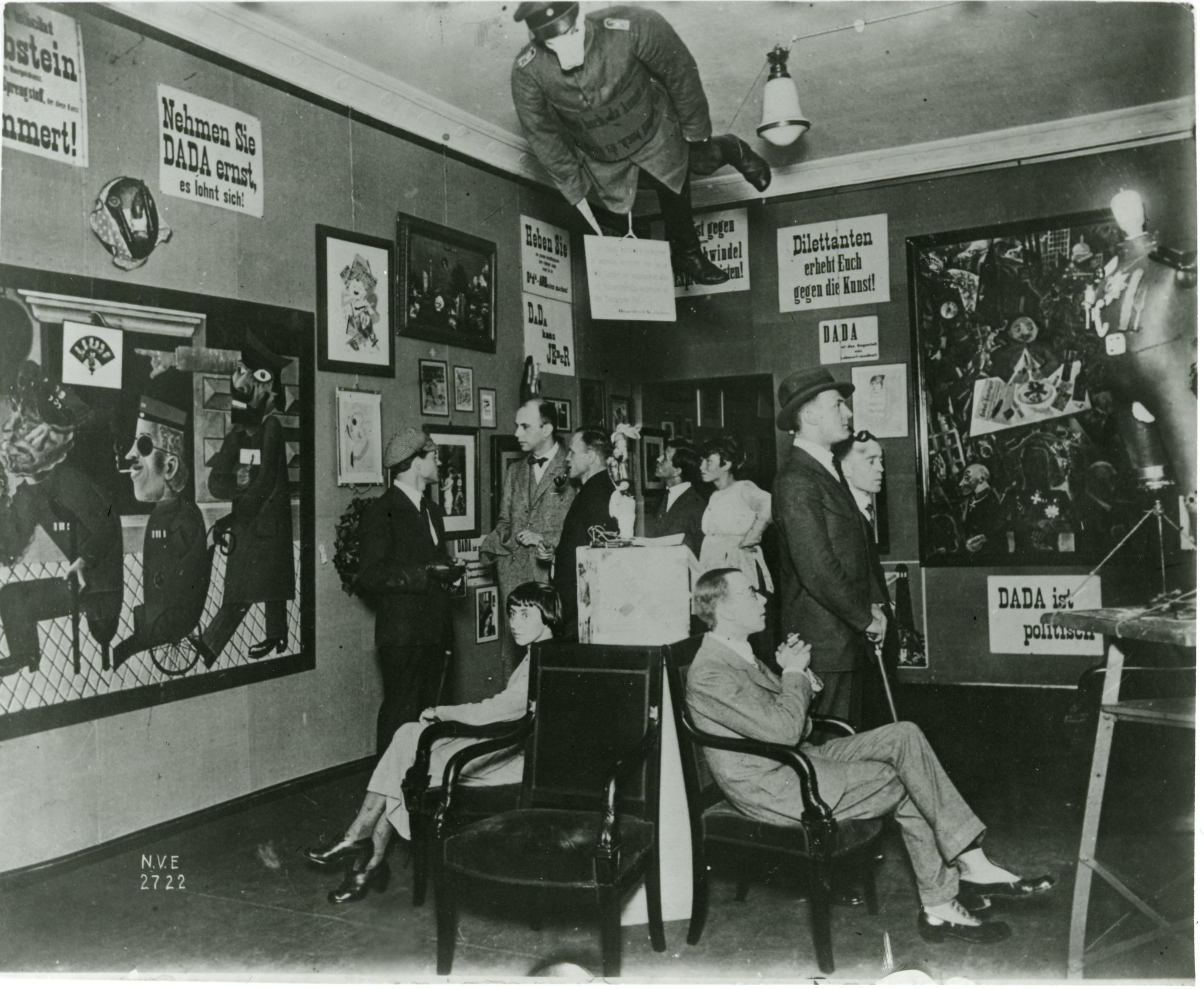
The Birth of Dadaism: A Reaction to War and Society
The Dada movement was founded in 1916 at the Cabaret Voltaire in Zurich, Switzerland, by a group of avant-garde artists and writers who were united in their opposition to the war and the cultural establishment they held responsible for it.
- Cultural Rebellion: The founders of Dadaism, including Hugo Ball, Emmy Hennings, Tristan Tzara, and Hans Arp, sought to create an artistic movement that would defy traditional aesthetics and challenge societal norms. They viewed the existing art forms as complicit in the cultural values that led to war.
- Dada as Anti-Art: The term “Dada” itself was chosen randomly from a dictionary, symbolizing the movement’s embrace of the nonsensical and its rejection of meaning. Dada was not just an art style but a deliberate “anti-art” movement that opposed all that art stood for, seeking to dismantle what it saw as the elitism and pretension of the art world.
Spread and Evolution of Dadaism
Dadaism quickly spread beyond Zurich to other major cultural centers such as Berlin, Paris, and New York, each developing its own unique interpretation of the movement.
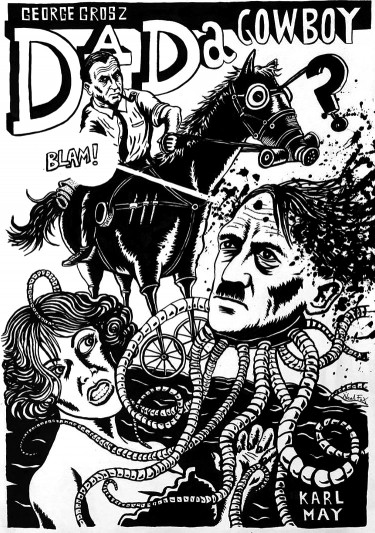
- Berlin Dada: The Berlin iteration of Dadaism, led by figures such as George Grosz and John Heartfield, was particularly political, using the movement’s techniques to critique Weimar Germany’s government and military. Artists here employed photomontage to satirize the ruling elite and the war.
- Paris Dada: In Paris, Dada evolved into a more literary form under the influence of André Breton, who would later found the Surrealist movement. Dada in Paris was marked by performances, poetry, and manifestos that embraced randomness and spontaneity.
- New York Dada: New York became a hub for Dadaists like Marcel Duchamp, Man Ray, and Francis Picabia, who experimented with new forms and materials. Duchamp’s “readymades,” such as the famous “Fountain” (a urinal signed “R. Mutt”), questioned the very definition of art and the role of the artist.
Key Figures of the Dadaism Art Movement
Several prominent artists and writers shaped the Dadaism movement, each contributing to its revolutionary spirit and aesthetic.
Tristan Tzara: The Poet of Dada



Tristan Tzara, one of the movement’s leading theorists and poets, was instrumental in spreading Dada’s ideas across Europe through his writings and manifestos.
- Manifestos and Philosophy: Tzara’s Dada manifestos articulated the movement’s principles, advocating for a complete break from traditional art and embracing irrationality and chance. He saw Dada as a means to destroy conventional aesthetics and liberate creative expression from the constraints of logic and reason.
- Impact on Literature and Art: Tzara’s work influenced a wide range of artists and writers, encouraging them to explore new forms of expression that defied categorization and transcended traditional boundaries.
Marcel Duchamp: The Pioneer of Conceptual Art
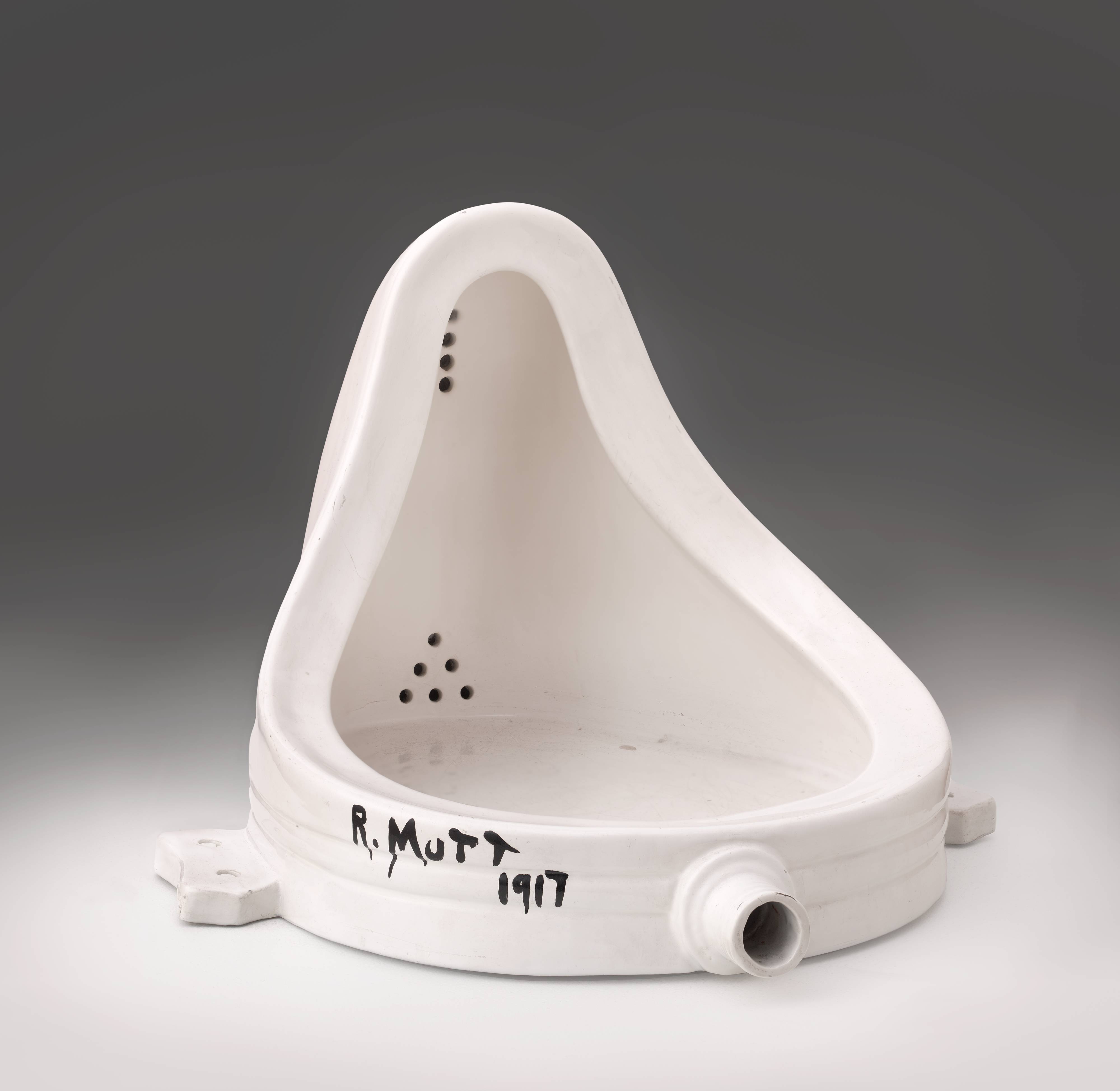

Marcel Duchamp is arguably the most influential figure associated with Dadaism, known for his groundbreaking work that redefined the concept of art.
- Innovative Artworks: Duchamp’s “Fountain” (1917) and other readymades challenged conventional notions of art by presenting everyday objects as art, purely based on the artist’s intent and context. His work questioned the importance of the artist’s hand in creating art and whether art had to be beautiful or technically skilled to be valuable.
- Legacy and Influence: Duchamp’s radical approach laid the groundwork for later movements like Surrealism, Conceptual Art, and Pop Art. His emphasis on ideas over aesthetics revolutionized the art world and remains a cornerstone of contemporary art practice.
Hannah Höch: The Innovator of Photomontage
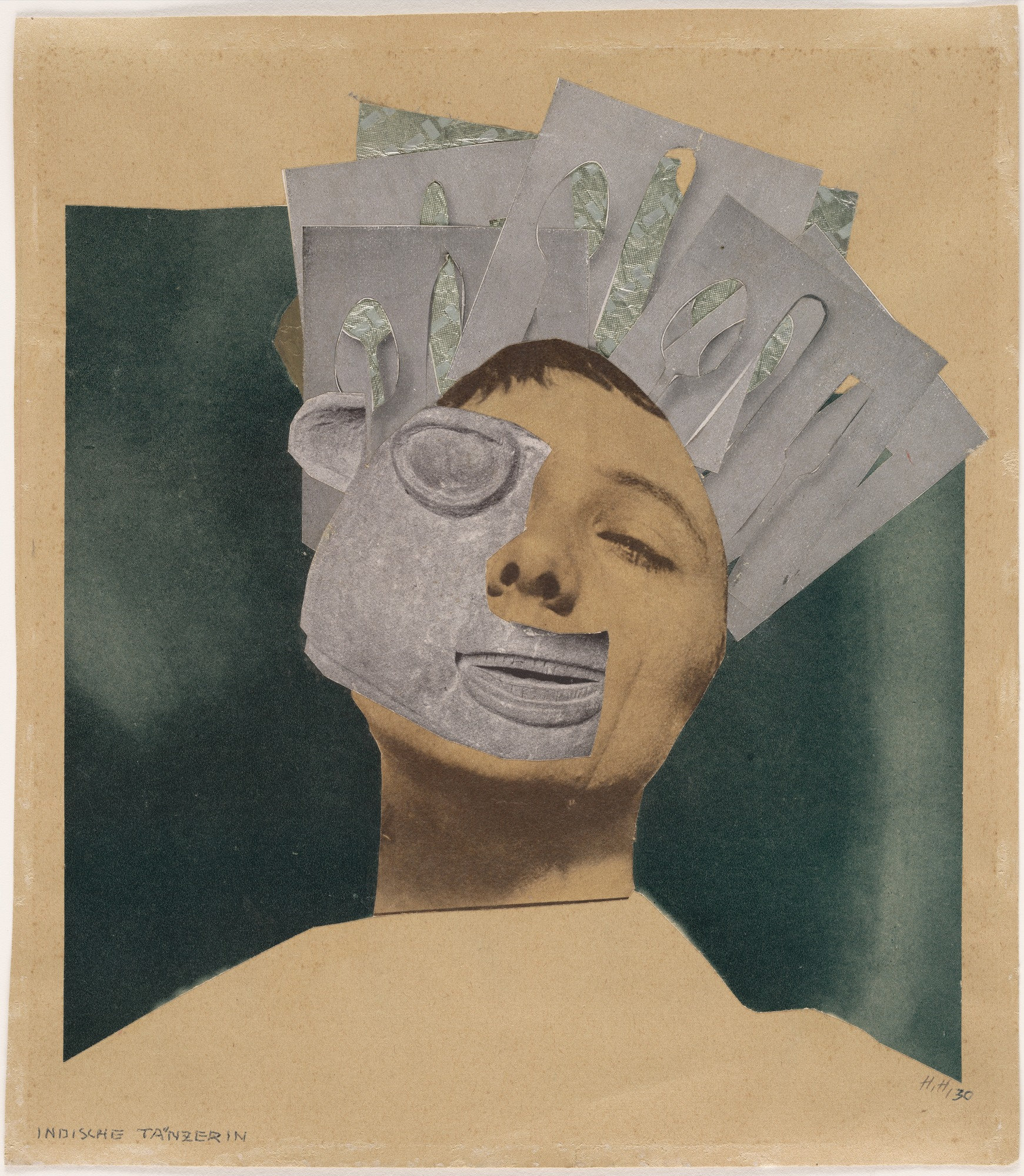

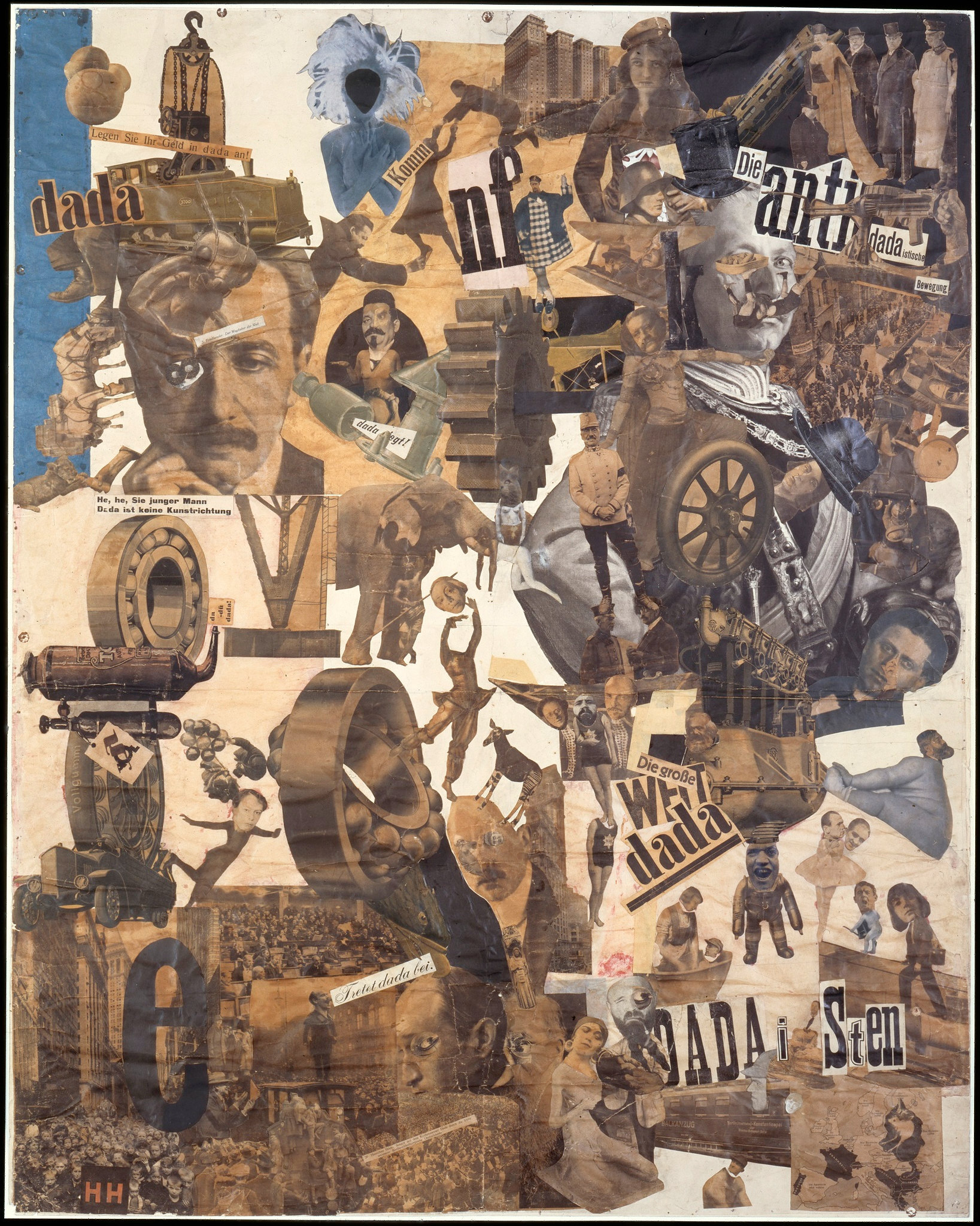
Hannah Höch, a central figure in Berlin Dada, is celebrated for her pioneering use of photomontage to critique society and explore issues of gender and politics.
- Photomontage and Social Commentary: Höch’s innovative photomontages combined photographs and text to create surreal, fragmented compositions that challenged social norms and political ideologies. Her work often addressed themes of feminism, identity, and the commodification of women in mass media.
- Significant Works: Höch’s “Cut with the Kitchen Knife Dada Through the Last Weimar Beer-Belly Cultural Epoch of Germany” (1919) is a powerful critique of Weimar Germany, using images of politicians and celebrities to satirize the country’s socio-political landscape.
Defining Characteristics of the Dadaism Art Movement
Dadaism is characterized by its revolutionary use of techniques and materials, as well as its radical departure from traditional artistic values.
Embrace of Absurdity, Chance, and Spontaneity
Dada artists rejected reason and rationality, instead embracing absurdity, chance, and spontaneity to break free from conventional artistic constraints.
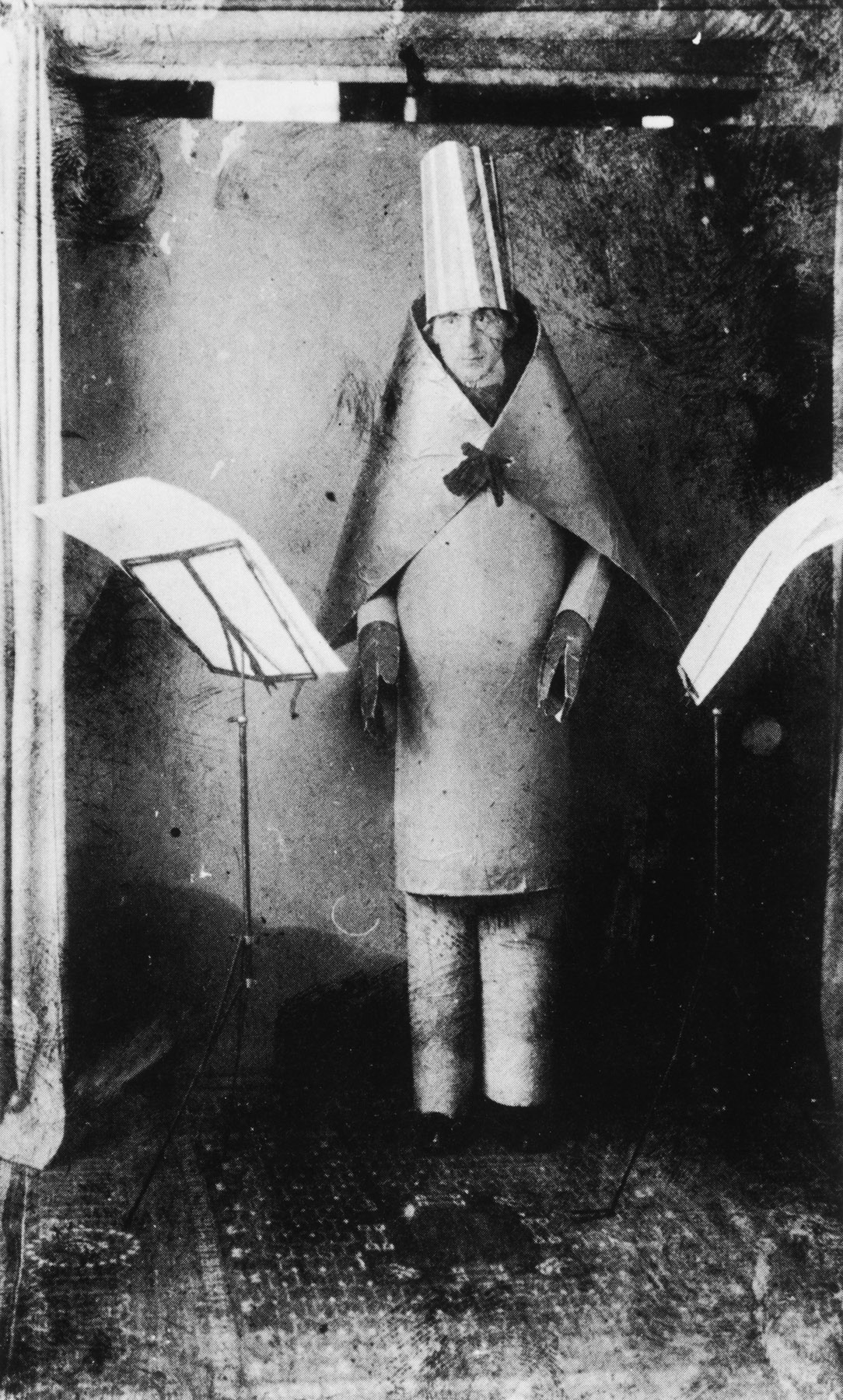
- Collage and Assemblage: Dada artists utilized collage and assemblage techniques, combining disparate elements to create works that were intentionally disjointed and irrational. This approach aimed to shock and provoke thought, questioning the viewer’s assumptions about art and reality.
- Performance Art and Provocation: Dadaists engaged in provocative public performances that were often chaotic and unpredictable, designed to challenge societal norms and mock the conventions of traditional theater and performance.
Rejection of Traditional Aesthetics and Art Forms
Dadaism fundamentally questioned what could be considered art, dismissing traditional notions of craftsmanship and beauty.
- Readymades and Found Objects: The concept of the “readymade,” pioneered by Duchamp, involved presenting ordinary, mass-produced objects as art with minimal manipulation. This challenged the role of the artist and the value of art, suggesting that the context and concept were more important than technical skill.
- Anti-Art Philosophy: Dada’s anti-art philosophy sought to disrupt the status quo and reject the commercialization of art. By using everyday objects and incorporating elements of chance and randomness, Dadaists aimed to undermine the established art market and the cultural elite that sustained it.
The Lasting Impact on Contemporary Art
The legacy of Dadaism is profound, influencing countless art movements and continuing to shape the world of contemporary art.
Influence on Surrealism and Beyond

Dadaism’s emphasis on chance, spontaneity, and anti-establishment sentiments paved the way for Surrealism, Abstract Expressionism, and other avant-garde movements.
- Surrealism: Dada’s embrace of irrationality and subconscious exploration directly influenced the development of Surrealism. Artists like André Breton, a key figure in both movements, sought to channel the unconscious mind, combining dream-like imagery with Dada’s rejection of reason.
- Contemporary Art Practices: The Dadaist legacy is evident in contemporary art forms such as performance art, installation art, and conceptual art, which continue to challenge traditional boundaries and explore new mediums and ideas.
Conclusion
The Dadaism art movement was a revolutionary force that fundamentally changed the landscape of modern art. By rejecting conventional aesthetics and embracing chaos, absurdity, and anti-establishment ideals, Dadaism paved the way for future avant-garde movements and reshaped the way we think about art. Understanding the origins, key figures, and defining characteristics of Dadaism helps us appreciate its enduring influence on contemporary culture and its role in challenging and expanding the boundaries of artistic expression.
